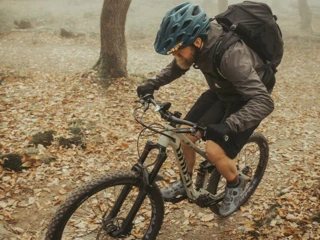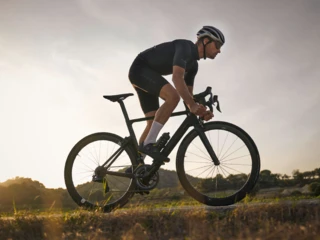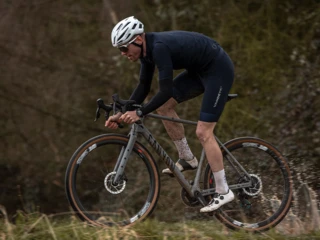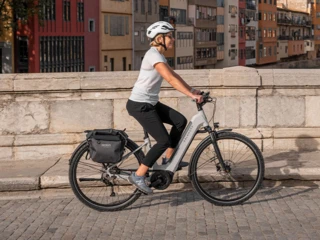Butyl or TPU: How to Find the Right Tube for Your Bicycle
Veröffentlicht am
Butyl or TPU? Here you’ll find all the important differences between the two types of tubes.
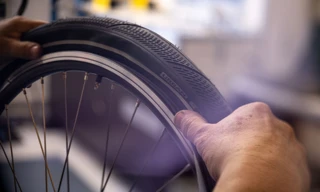
What are the Differences Between Butyl and TPU Tubes?
Choosing the right bicycle tube can have a significant impact on your riding experience. Two of the most popular materials for bicycle tubes are butyl and TPU (thermoplastic polyurethane). In this article, we explain the key differences between butyl tubes and TPU tubes and help you find the best tube for your needs.
The History of the Bicycle Tube
Most of the names that have made a mark on the invention and development of bicycle tires and tubes are still found on common products in bicycle shops today. John Boyd Dunlop is considered the inventor of the pneumatic tire, which he patented in 1888. Édouard Michelin then developed the replaceable bicycle tire with an inner tube in 1889. Charles Goodyear, in turn, invented vulcanization in 1839, and Robert William Thomson received a patent for air-filled tires made from animal intestines in 1845.
What are the Advantages of Butyl Tubes?
Bicycle tubes are traditionally made from butyl rubber, which is characterized by its elasticity and airtightness. The quality and properties can vary depending on the additives used. Thanks to its elasticity, some butyl tubes can fit different rim sizes to a limited extent. Butyl tubes have been the standard in the bicycle market for many years and offer these advantages:
- Airtightness: Whether MTB or gravel, road cyclists or everyday riders on short rides, butyl tubes are – depending on the thickness of the material used – very airtight, meaning they need to be inflated or topped up relatively rarely. In some materials, minimal air escapes at the junction between the tube and the valve. However, due to vulcanization in butyl, this point is usually tighter than in tubes with other manufacturing processes.
- Price: Butyl tubes are inexpensive.
Disadvantages:
- Weight: Butyl tubes are heavier than, for example, TPU tubes or latex tubes, regardless of the manufacturer and the width or size of the tire. TPU tubes are generally about 70 percent lighter than conventional bicycle tubes. The weight naturally varies depending on the size of the tube and the amount of material used.
- Rolling Resistance: Butyl tubes have higher rolling resistance compared to TPU and latex tubes. Even though the tubes do not have direct contact with the ground, their rolling resistance is noticeable due to the rotating mass of the wheel. This is especially important for road cyclists who always want to be as fast and efficient as possible. Similar to aluminum rims on cars, which not only look good but also require less propulsion when accelerating due to their lightness.
Which Tube is Right for You?
The choice between butyl and TPU tubes (whether road bike tubes, MTB, gravel, or touring tubes) depends on your individual needs and preferences. TPU may seem more expensive at first glance, but it offers many advantages, such as low weight, both on the wheel and when packed away in a seat pack. Furthermore, TPU is more sustainable, i.e., better for the environment. There are now even different thicknesses or multi-layer production of TPU tubes, which can be adapted to any conceivable application. Therefore, TPU is the future of tubes. Be part of it and check out our products.
What Do the Tests Say?
Current tests unanimously agree that TPU tubes score points compared to the established butyl tube in terms of weight, packed size, puncture protection, and performance/rolling resistance.
- Butyl Tubes: The traditional material with equally traditional results in terms of durability and puncture protection.
- TPU Tubes: Tests highlight their lightness and low rolling resistance. They are now at least as durable as butyl and their puncture protection even exceeds that of butyl tubes.
Tubes in Comparison
If you are still unsure which tire is right for you, it might be helpful to try both types and test them yourself. Whether you choose butyl or TPU, make sure to choose high-quality tubes to ensure the best possible performance and reliability.
Now you know all the important information about butyl and TPU tubes and can make an informed decision. Which tube will you use with your tire and rim?
